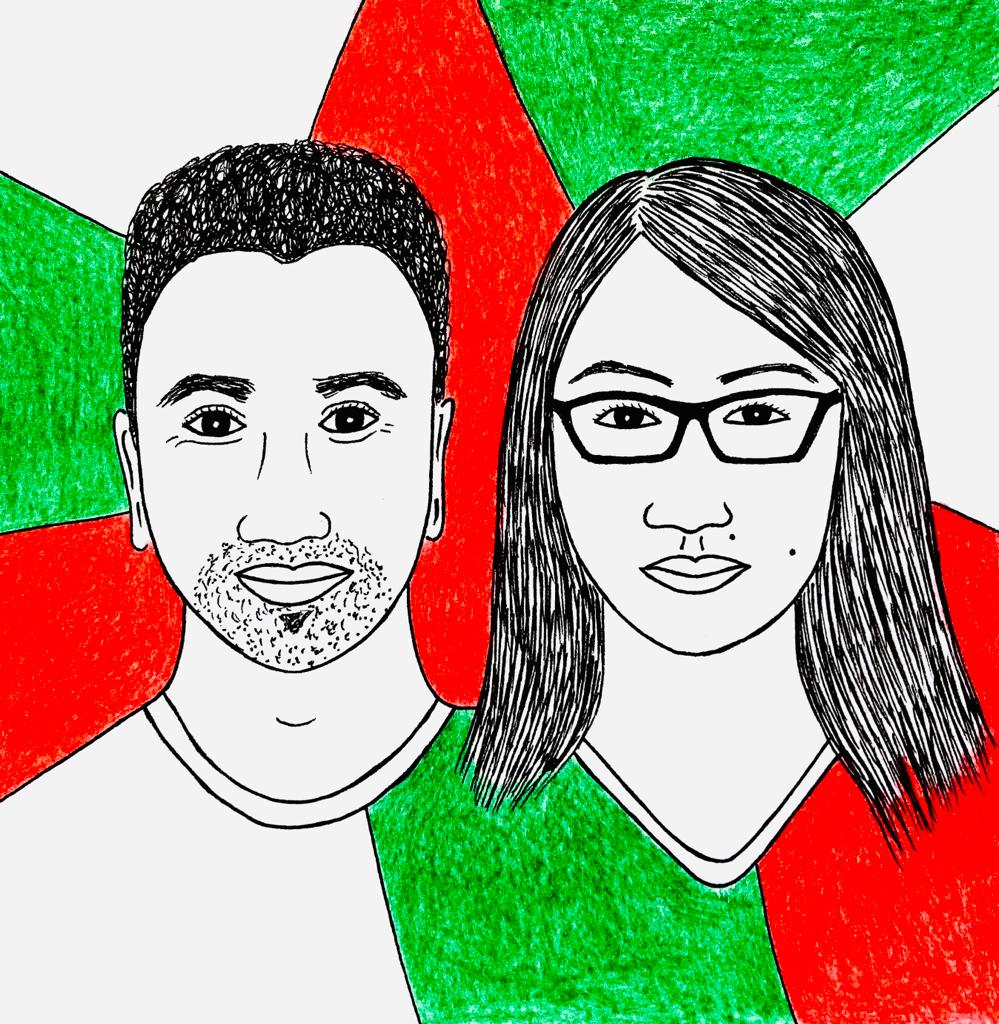Madagascar is home to more than 200,000 species, and it’s estimated that 80% are found nowhere else on Earth. Unfortunately, many species on this island are critically threatened, including the bamboo lemur and Madagascar pochard. To save these animals from extinction, Durrell Wildlife Conservation Trust launched a partnership with the organization Marie Stopes. By improving the food security, financial independence, and reproductive health of people living around nature reserves, the populations of animals have started to increase. I talked to Hanitra Rakotojaona from Durrell about their unique conservation approach.
Hanitra, you work on the Enabling Change project at Durrell. How is it different from other conservation projects?
We don’t just preserve species and ecosystems but we also address the well-being and health of communities living around protected areas.
That sounds great! How do you do that?
We try to improve the food security, financial independence, reproductive health of local communities and the governance at the local level.
Before we get into how you work with communities, can you tell me what species you aim to protect?
We are trying to protect three critically endangered species – bamboo lemur, Angonoka tortoise and Madagascar pochard.
What do these three animals have in common?
Their habitats are being massively destroyed by people. For example, the marshes where bamboo lemurs live are burned and converted into rice fields. In case of tortoises there is a high level of illegal pet trade trafficking. In general, the problem is that 80% of communities around protected areas live in extreme poverty and their main livelihood is dependent on agriculture, farming and fisheries.
How do you reduce the reliance of these people on natural resources?
We train local farmers in sustainable farming techniques which don’t damage local ecosystems. Between 2018 and 2022, we trained 2,000 farmers who now cultivate climate-resilient crops on more than 1,000 hectares. We also initiated community-based saving groups. During the lean season (August-November) when communities are food insecure, farmers can take credit from these associations to start a new business. Instead of cutting down forests or growing rice in marshes, people now breed poultry or grow vegetables. As a result, we have noticed a reduction in marsh burning during the lean season.
You also partner with Marie Stopes Madagascar to provide family planning services, right?
Yes! Since 2018, we’ve delivered family planning support to over 2,700 women who live in one of the most remote areas of Madagascar. While Marie Stopes provides the medical equipment and services, Durrell facilitates the travel and acommodation of Marie Stopes agents, sensitizing the community and establishing demand at community and household level. This cooperation is very impactful because it helps empower women, reduce gender inequality and makes women more active in development and conservation initiatives.
Has the attitude of women changed once you’ve started to consider their needs?
Absolutely! We have noticed an increase in the participation of women in community conservation activities, such as the restoration of marshes and mangroves. When women are empowered, they want to develop themselves, their households and also the villages. Women are also more likely to join our community-based saving groups and take part in vegetable gardening and short-cycle farming.
What lessons have you learned from this project?
The key takeaway is that conservation of environment is so complex that it requires a holistic approach. It is very important for us to consider the human dimension. Humans are the main drivers of environmental destruction and resource depletion. To be efficient, the conservation strategies should be socially equitable, economically profitable and environmentally sustainable.
Speaking of efficiency, has the situation of endangered species improved?
Because of the marsh restoration activities that we have implemented with communities, we have observed an increase in the number of bamboo lemurs. We’re not so optimistic about the Angonoka tortoises because of the species trafficking. All we can say now is that in the last three years there has been a reduction in the loss of tortoises but the forest fires are still an issue. In case of the Madagascar pochard, we have seen an increase in numbers. It‘s easier to control the threats because it’s a big lake in a remote area with a small community.
What are your plans for future?
We’d like to develop this project to serve as a viable rural development model applicable to nature dependent people across Madagascar that can improve people’s well-being and decrease pressure on the natural environment. So far, we have scaled up this model in southwestern part of Madagascar. The good news is that thanks to Jersey Overseas Aid the project will be extended until 2027.
Thanks so much for this interview. It was great chatting with you about the PHE approach. I’m hoping that more organizations will adopt this approach and get inspired by your work!
